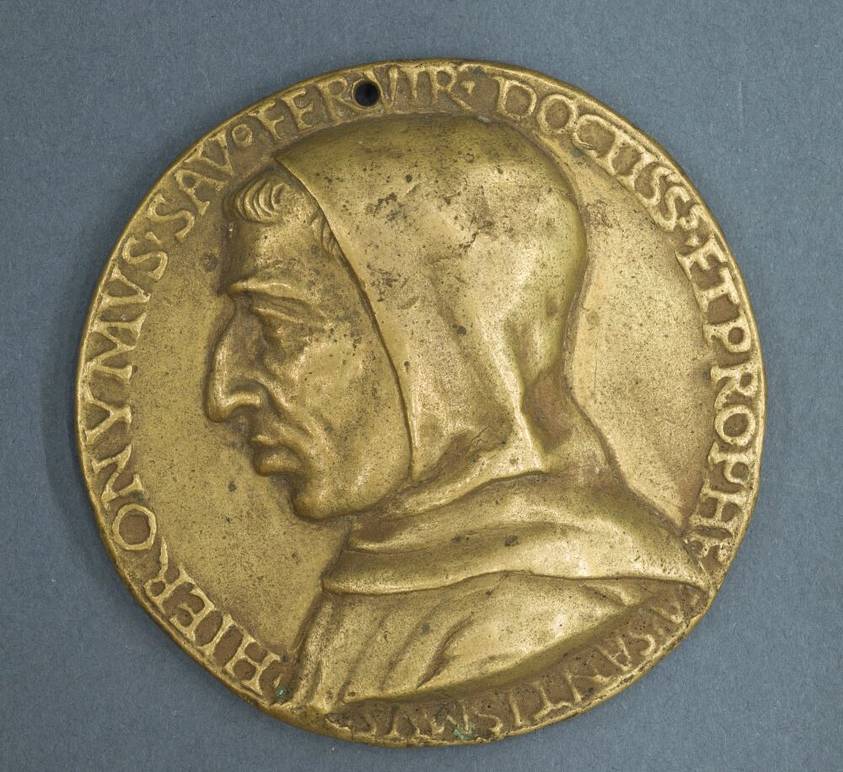Botticelli Visits United States with Rare Venus Painting
For the first time in history a Venus painting by the renowned Early Renaissance painter Sandro Botticceli will exhibit in the United States, along with sixteen other of his works. Beginning at the Muscarelle Museum of Art in Virginia then traveling to the Museum of Fine Arts in Boston, the masterpiece titled "Venus" is only one of two images of the goddess where Botticceli painted her completely isolated. The exhibition is called “Botticelli and the Search for the Divine: Florentine Painting between the Medici and the Bonfires of the Vanities.” The exhibition covers the different stages of his development as an artist, his transitions in skill, and the consequence of his time period.
Bringing Botticcelli to the United States
Director of the College of William and Mary’s Muscarelle Museum of Art Dr. Aaron De Groft comments his pride and excitement, stating the honor to have such a display of culture and talent in the United States for the first time. The collaborative efforts of both hosting museums, Italy’s Associazione Culturale Metamorfosi, as well as the Italian Embassy have successfully brought some of Bottecceli's most desired images from around the world, to two great American cities.
“I am touched by the magnificence of these paintings, some of which are exhibited for the first time in this prestigious museum which I wish to thank for its excellent collaboration with the Embassy of Italy” states the Ambassador of Italy to the United States, Armando Varricchio, pertaining to the Muscarelle Museum of Art in Williamsburg.
The History of a Legond
Born Alessandro di Mariano di Vanni Filipei in the Republic of Florence in 1445, Betticelli’s name, meaning little bottles, came from his brother. His artistic career took off before his 18th birthday, growing in popularity for both his religious symbolism and classical idology. Significant credit is granted to his teacher and distinguished Renaissance painter, Fra Filippo Lippi. Six magnificant images by Lippi will also be touring alongside his student’s work in the United States.
“Botticelli and the Search for the Divine” is highly anticipated for one of the most rare paintings in existence by the artist, an image of Venus standing in complete solidarity, stripped of space and time, originally from the Galleria Sabauda museum in Turin. Botticelli has produced masterpieces with Venus as the main focal point e.g. Primavera and The Birth of Venus (currently displayed on adjacent walls in the Uffizi Gallery in Florence), and they have both procured a reputation for their infamous promiscuity. Subsequently, he has only created two paintings with Venus standing without any company whatsoever.
Botticelli's New Vantage Point
The Medici family was one of Botticelli’s largest clients. This offers an explanation for why his work covered diverse ideologies, between pagan and religious figures. Another explanation is that the Renaissance era was a time for Classical revival while upholding respect towards the Catholic Church. In fact, Botticelli depicted the Madonna and Child far more than any other pagan symbols, Venus included.
The full title of the exhibiton, “Botticelli and the Search for the Divine: Florentine Painting between the Medici and the Bonfires of the Vanities” signifies the time period of the displayed Botticelli works, beginning with his main clients, the Medici Family, and ending with the iconoclasm of Girolamo Savonarola. The paintings commissioned by the Medici often displayed religious images with the Madonna, depicted with the same facial features as Lorenzo de' Medici’s mother while she holds an infant. Of course some figures are ambiguous, while others have direct physical correlations to the Medici family, causing strife in the religious community.
At the end of the Medici reign, Girolamo Savonarola rose in power with the objective of destroying their legacy and restoring the Republic of Florence as a religious powerhouse. He created the “Bonfire of the Vanities,” a collective burning of all secular motifs including art, mirrors, cosmetics, and anything that was rendered "vein." Some transcriptions show that Botticelli destroyed some of his own pagan paintings. Evidently, on display in the United States tour will also include depictions of the Medici sworn enemy, Dominican Priest Savonarola.
The Legacy on Desplay
Botticelli’s art has been compared to Leonardo Da Vinci, Michelangelo, Caravaggio, and many other artistic maestros. Even today, Botticelli is so highly recognized, The Madonna and Child, with a Pomegranate, in an Alcove with Roses Behind sold for $7.5 million in less than three minutes during a Christie’s auction in 2006. He painted sections of the Sistine Chapel, and resides in museums around the world. This will be the largest Botticceli display to ever take place in the United States. Pieces are on loan from The Uffizi Gallery, The Pitti Palace, The Accademia Gallery, The Bargello National Museum, The Museum of San Marco of Florence, The Cini Foundation of Venice, and The Cathedral museum of Prato and the Civic museum of San Gimignano, gracing Americans with their presence in two headlining museums.







































i-Italy
Facebook
Google+
This work may not be reproduced, in whole or in part, without prior written permission.
Questo lavoro non può essere riprodotto, in tutto o in parte, senza permesso scritto.